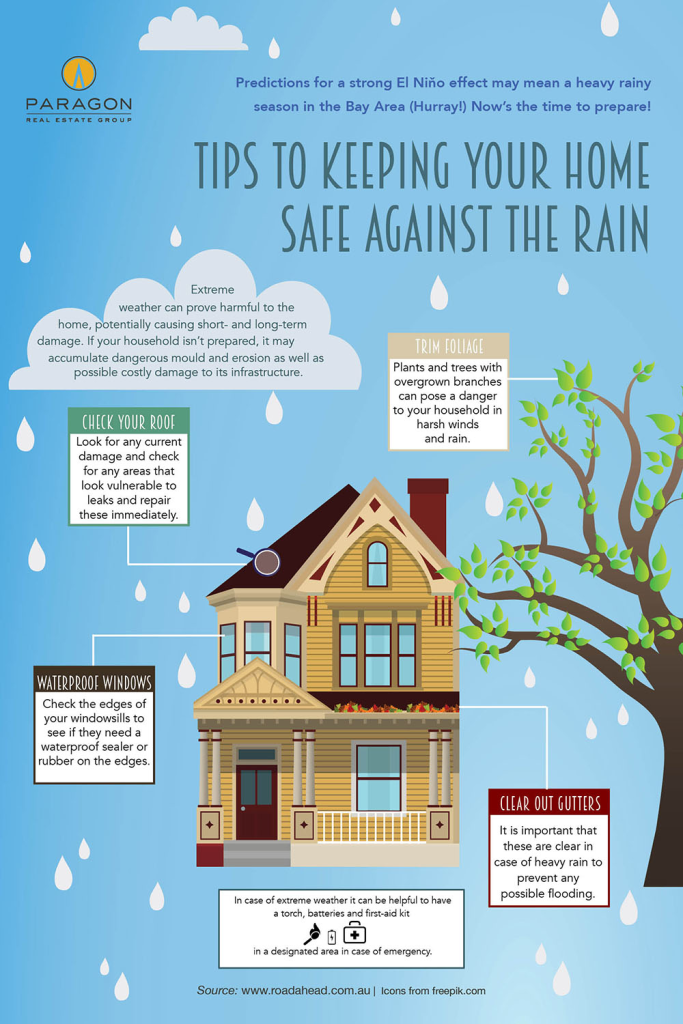The Function Of Roof Ventilation In A Successful Installation
The Function Of Roof Ventilation In A Successful Installation
Blog Article
Content By-Conway Thomsen
When you're tackling a roofing task, you may not believe much regarding roofing ventilation, however it's even more important than you realize. Efficient air flow helps manage temperature and wetness in your attic, avoiding troubles like mold and mildew and architectural damages. By comprehending how to create and set up a well balanced ventilation system, you can improve power performance and prolong the life expectancy of your roofing products. So, what are the vital elements to think about throughout setup that can make all the distinction?
Relevance of Roofing System Air Flow
Roof air flow plays a vital duty in maintaining the total health of your home. By permitting fresh air to circulate via your attic, it aids control temperature level and wetness degrees. This balance is essential to prevent warmth accumulation during warm months, which can result in increased energy expenses as your a/c works overtime.
Moreover, proper air flow significantly reduces the threat of moisture-related problems like mold and mildew and mildew. If humidity levels increase, your home's structural honesty can be jeopardized, causing pricey repair services. You wouldn't intend to take care of decomposing wood or warped roof covering materials, right?
In addition, appropriate ventilation extends the lifespan of your roof. When warmth and moisture are kept in check, your roofing system can perform optimally, stopping early wear and tear. This indicates less frustrations and expenses down the line.
How Roof Air Flow Functions
Effective roof covering air flow relies upon the all-natural motion of air to create a balance in between consumption and exhaust. When you install vents, you're basically enabling fresh air to enter your attic room while allowing warm, stale air to leave. This process assists regulate temperature and dampness degrees, protecting against issues like mold and mildew growth and roofing system damage.
Intake vents, normally located at the eaves, reel in awesome air from outside. Meanwhile, exhaust vents, located near the ridge of the roofing system, allow hot air increase and leave. best roofers in san antonio tx in temperature level produces an all-natural air movement, known as the pile impact. As warm air surges, it creates a vacuum that draws in cooler air from the reduced vents.
To optimize this system, you require to guarantee that the intake and exhaust vents are appropriately sized and positioned. If the intake is limited, you will not achieve the preferred ventilation.
Similarly, not enough exhaust can catch warm and dampness, causing potential damages.
Key Setup Considerations
When mounting roofing system air flow, several vital considerations can make or damage your system's efficiency. First, you require to examine your roof's design. The pitch, form, and products all affect air flow and ventilation choice. Ensure to select vents that suit your roof type and regional environment conditions.
Next off, consider https://www.solarpowerworldonline.com/2021/03/5-reasons-roofing-contractors-are-moving-into-solar-now/ of your vents. Ideally, you'll want a balanced system with consumption and exhaust vents placed for optimum airflow. Location intake vents low on the roofing and exhaust vents near the height to motivate an all-natural flow of air. This configuration aids avoid dampness build-up and advertises power performance.
Don't forget about insulation. Proper insulation in your attic room prevents heat from leaving and keeps your home comfy. Ensure that insulation does not block your vents, as this can impede air movement.
Finally, consider maintenance. Pick air flow systems that are easy to gain access to for cleansing and evaluation. Normal upkeep guarantees your system remains to work efficiently over time.
Verdict
Finally, roof ventilation is crucial for an effective installment. By making certain correct airflow, you can avoid warmth buildup and wetness concerns that cause pricey damage. When you strategically placement consumption and exhaust vents, you boost energy efficiency and lengthen the life-span of your roof covering. Remember, a well-ventilated roofing system not just shields your financial investment but also enhances your indoor air quality. So, prioritize ventilation to ensure a resilient and cost-efficient roof for your home.
